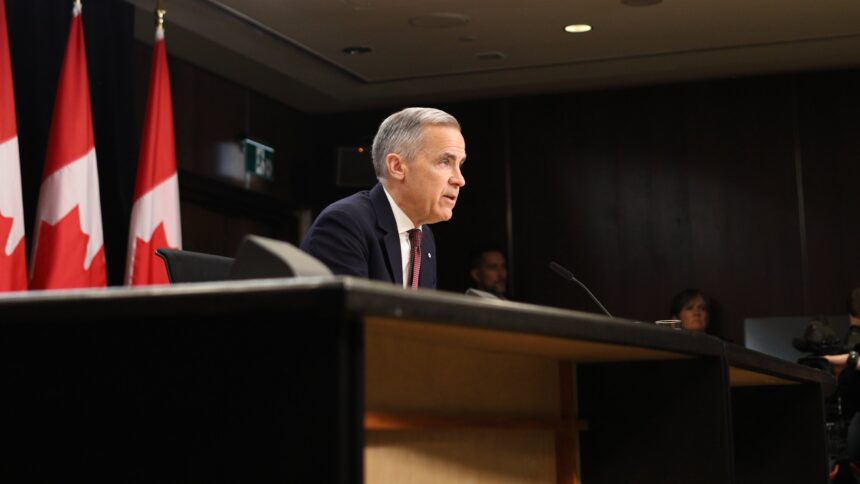In an unprecedented move that has sent ripples through Canada’s political landscape, Finance Minister Mark Carney has issued new climate-focused mandate letters to federal financial regulators, signaling a dramatic shift in how the country plans to address climate risk across its financial system.
The letters, delivered yesterday to heads of the Bank of Canada, Office of the Superintendent of Financial Institutions (OSFI), and other key regulatory bodies, explicitly direct these institutions to incorporate climate considerations into their core operations—a first in Canadian financial regulation history.
“These mandate letters represent a fundamental reorientation of Canada’s financial architecture toward climate resilience,” Carney stated at a press conference in Ottawa. “The climate crisis demands that every element of our financial system recognize and respond to the economic threats posed by a warming planet.”
The directives require regulators to develop stress tests for financial institutions based on various climate scenarios, mandate climate risk disclosure for publicly traded companies, and evaluate systemic risks posed by stranded assets in carbon-intensive industries. The Bank of Canada has been specifically instructed to consider climate impacts when setting monetary policy—a controversial element that has already drawn criticism from opposition parties.
Conservative finance critic Pierre Poilievre immediately questioned the legality of the move, saying, “Minister Carney appears to be circumventing parliamentary oversight by fundamentally altering the mandates of independent financial regulators through ministerial directives rather than legislation.”
Legal experts remain divided on the scope of ministerial authority in this domain. Professor Alexandra Chen of the University of Toronto’s Faculty of Law told CO24 News that “while ministers can provide general policy direction, substantively altering the operational mandates of agencies like the Bank of Canada typically requires legislative changes.”
The business community has responded with mixed reactions. The Canadian Association of Petroleum Producers expressed “deep concern” about potential impacts on investment in the energy sector, while the Canadian Coalition for Sustainable Finance welcomed the move as “long overdue alignment with global best practices.”
Notably, the mandate letters go beyond disclosure requirements to suggest that regulators should develop “climate alignment” frameworks—effectively pushing financial institutions to gradually shift capital away from high-carbon sectors toward green alternatives.
Environmental groups have largely praised the initiative. “This is the kind of systemic approach to climate action we’ve been advocating for years,” said Climate Action Network Canada director Caroline Brouillette. “Financial regulation is a powerful but underutilized tool in addressing the climate crisis.”
The mandate letters also direct the Canada Pension Plan Investment Board to accelerate its climate strategy, potentially affecting the retirement savings of millions of Canadians. While the CPPIB has maintained its independence in investment decisions, the directive signals increased government pressure to divest from fossil fuels.
According to sources within the Department of Finance, the mandate letters underwent extensive legal review before being issued, reflecting awareness of the delicate balance between ministerial direction and regulatory independence. Nevertheless, questions remain about implementation timelines and enforcement mechanisms.
“What we’re seeing is potentially a watershed moment in Canadian climate policy,” explained Dr. Sarah Richardson, a climate policy expert at the University of British Columbia. “These directives effectively embed climate considerations into the DNA of our financial system.”
As Parliament prepares to resume next week, the mandate letters are expected to face intense scrutiny in the House of Commons. The government has indicated that supporting legislation may follow, though critics question whether this sequence reverses the proper order of policy development.
As Canada navigates this significant shift in its approach to climate and finance, a crucial question emerges: Can the integration of climate considerations into financial regulation effectively accelerate Canada’s transition to a low-carbon economy without undermining the independence of our financial institutions?










